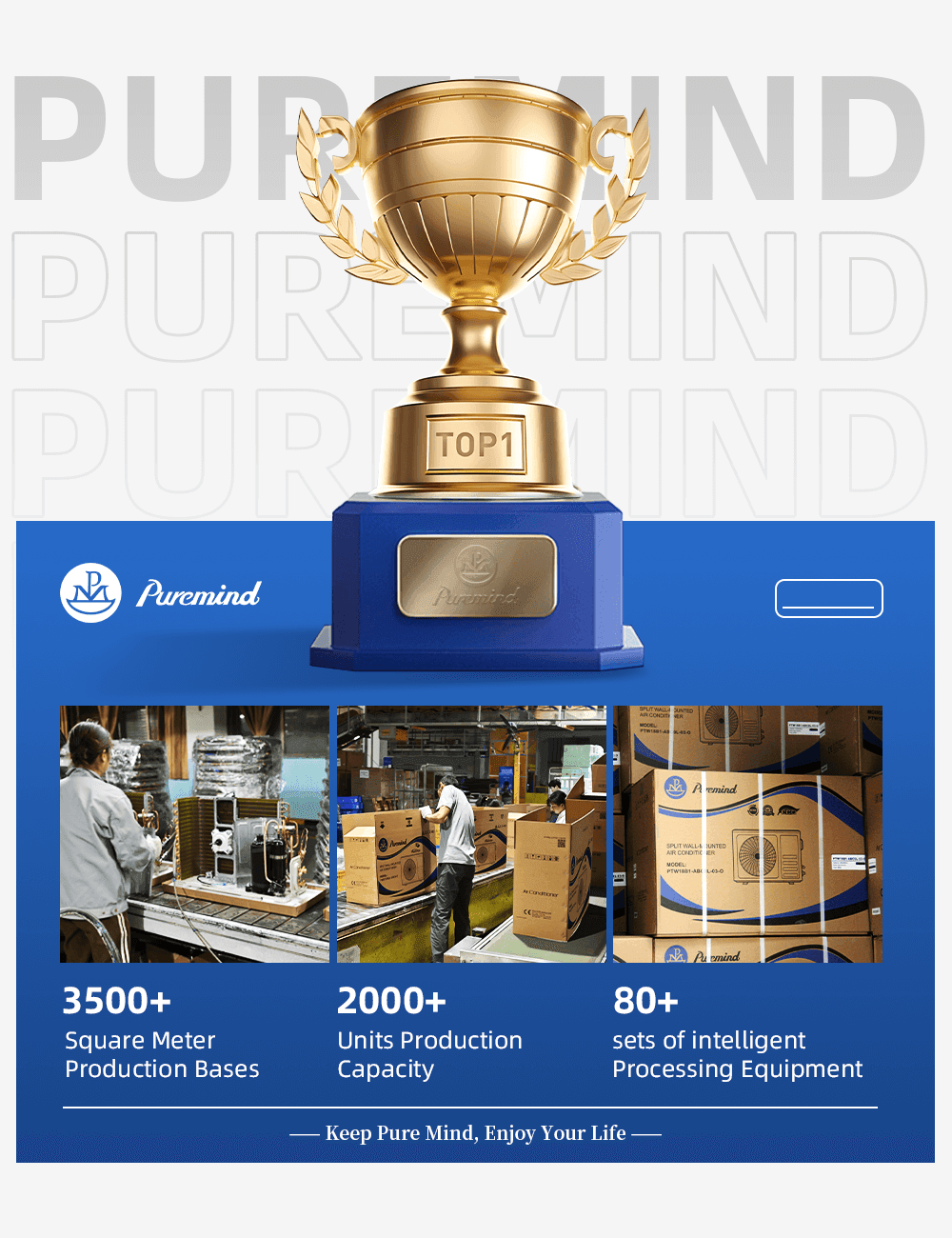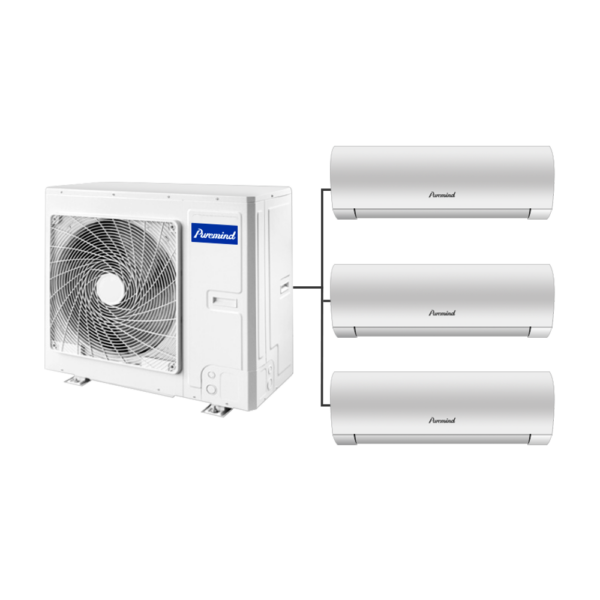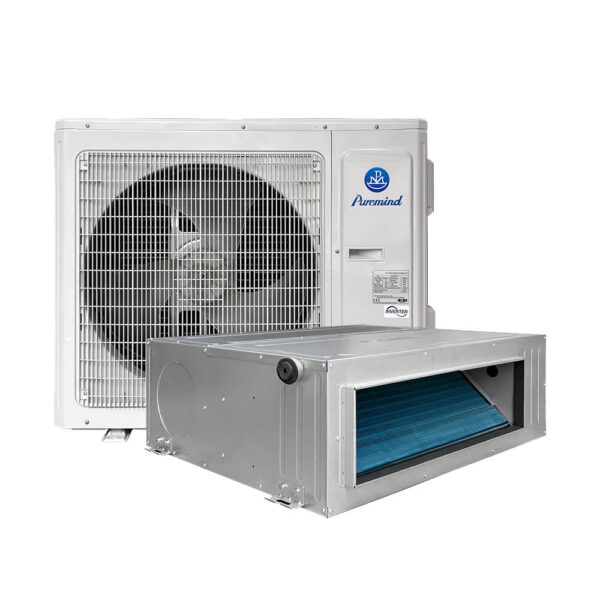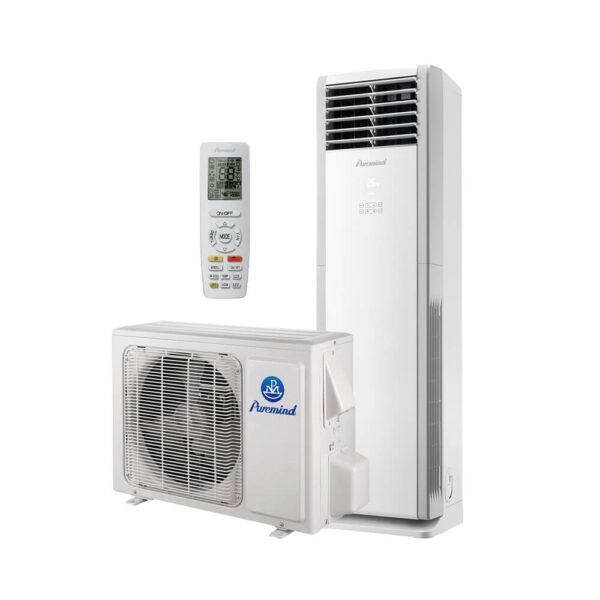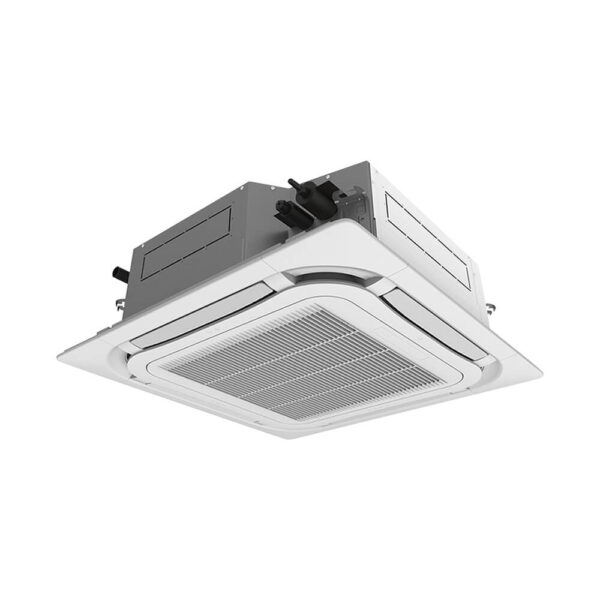HVAC Supply Guide: Streamlined Sourcing and Solutions for B2B Clients
In today’s rapidly evolving commercial environment, securing a reliable hvac supply chain is critical for business performance, energy efficiency, and cost control. This guide provides B2B buyers with practical strategies, industry insights, and actionable tips for optimizing HVAC supply procurement in 2025 and beyond.
1. What is HVAC Supply? A B2B Perspective
HVAC supply encompasses the sourcing and distribution of heating, ventilation, and air conditioning equipment, components, and accessories. For B2B organizations—including contractors, facility managers, and enterprise buyers—an optimized supply chain ensures timely project delivery, operational reliability, and long-term cost savings.
2. Key Components in the HVAC Supply Chain
- Equipment: Includes chillers, boilers, mini split air conditioners, heat pumps, air handlers, and rooftop units.
- Parts & Accessories: Filters, thermostats, ducts, valves, refrigerants, and controls.
- Tools & Consumables: Installation materials, piping, sealants, and maintenance supplies.
- Aftermarket Solutions: Replacement parts and retrofit kits to extend equipment lifespan.
For the latest energy-efficient mini split systems, visit Puremind’s Split Air Conditioner Collection.
3. Sourcing Strategies for B2B HVAC Supply
- Build Strong Supplier Relationships: Work with reputable distributors for priority stock, competitive pricing, and technical support.
- Leverage Digital Platforms: Use online procurement portals for real-time inventory, transparent pricing, and streamlined logistics.
- Consolidate Orders: Bundle equipment and parts for bulk discounts and reduced shipping costs.
- Prioritize Sustainability: Choose suppliers offering high-efficiency and eco-friendly HVAC products.
4. Supplier Selection Criteria: What B2B Buyers Should Evaluate
- Product Range: Can the supplier meet your project’s specific requirements?
- Availability & Lead Times: Does the supplier offer consistent stock and fast delivery?
- Certifications: Ensure compliance with industry standards and regulatory requirements.
- Technical Support: Access to expertise for installation, troubleshooting, and system optimization.
- After-Sales Service: Evaluate warranty, returns, and long-term maintenance support.
5. Cost Management and Value Optimization
- Negotiate volume discounts for large-scale or recurring orders.
- Evaluate total cost of ownership—including energy efficiency and maintenance—not just purchase price.
- Monitor market trends for price fluctuations in key components (e.g., copper, refrigerants).
- Utilize supplier programs or rebates for added value—many mini split systems are rebate-eligible.
6. Trends Shaping the HVAC Supply Industry in 2025
- Digital Transformation: Growth of e-commerce, IoT-enabled inventory tracking, and cloud-based order management.
- Sustainability Initiatives: Increased demand for low-GWP refrigerants and high-efficiency equipment.
- Resilient Logistics: Suppliers investing in local warehousing and diversified sourcing to mitigate disruptions.
- Customization: Tailored solutions for unique project needs, from smart controls to modular HVAC design.
7. Real-World Case: Efficient HVAC Supply for a Multi-Site B2B Client
A national retail chain partnered with multiple HVAC suppliers to upgrade stores across five regions. By consolidating sourcing, leveraging digital procurement, and focusing on energy-efficient equipment, the client achieved a 15% reduction in total HVAC costs and improved project timelines by 20%.
8. The Role of Mini Split Air Conditioners in Modern B2B Supply
Mini split air conditioners are increasingly popular for their flexibility, efficiency, and simple installation. Sourcing quality mini split systems ensures compliance with green building standards and delivers fast ROI for commercial upgrades. Explore options at Puremind’s Split Air Conditioner Category.
9. Frequently Asked Questions (FAQ)
- How can B2B buyers ensure timely HVAC delivery? Maintain close communication with suppliers, forecast needs in advance, and leverage digital inventory management tools.
- What should I look for in HVAC product warranties? Focus on warranty length, coverage, and ease of claim process.
- How do rebates and incentives impact B2B HVAC sourcing? Many high-efficiency systems offer rebates, reducing net cost—always check eligibility with your supplier.
10. Conclusion: Achieving Success in B2B HVAC Supply
For B2B organizations, optimizing hvac supply is a strategic advantage in project delivery and operational efficiency. Evaluate suppliers carefully, leverage digital tools, and prioritize high-efficiency solutions for long-term value. For commercial HVAC upgrades, visit Puremind’s Split Air Conditioner Collection and consult with our experts for tailored support.
